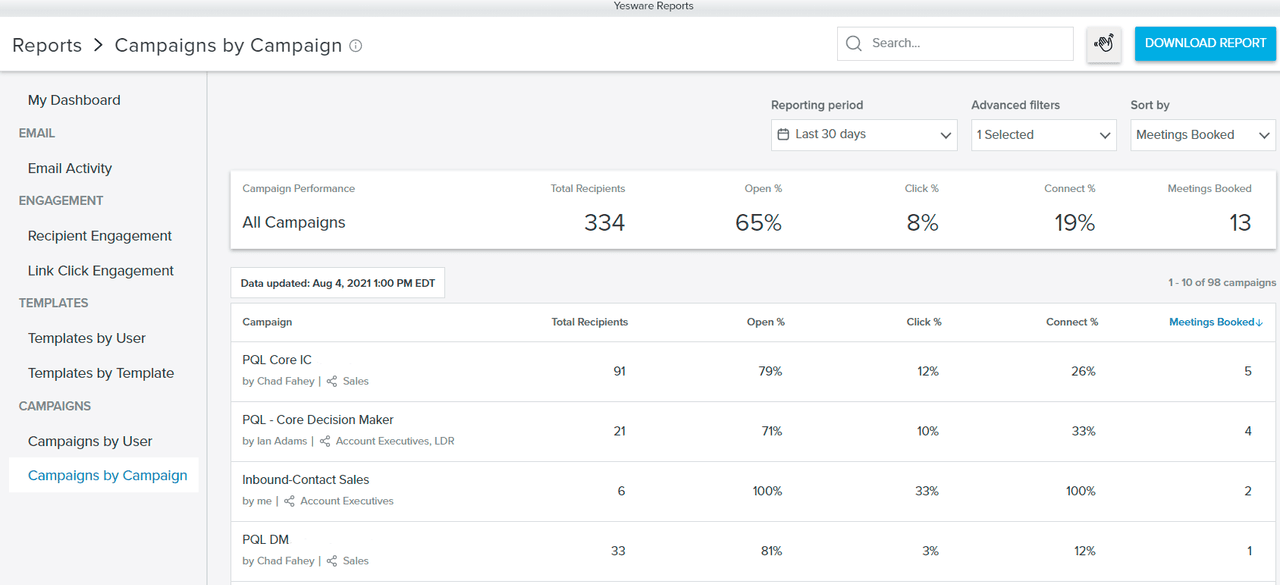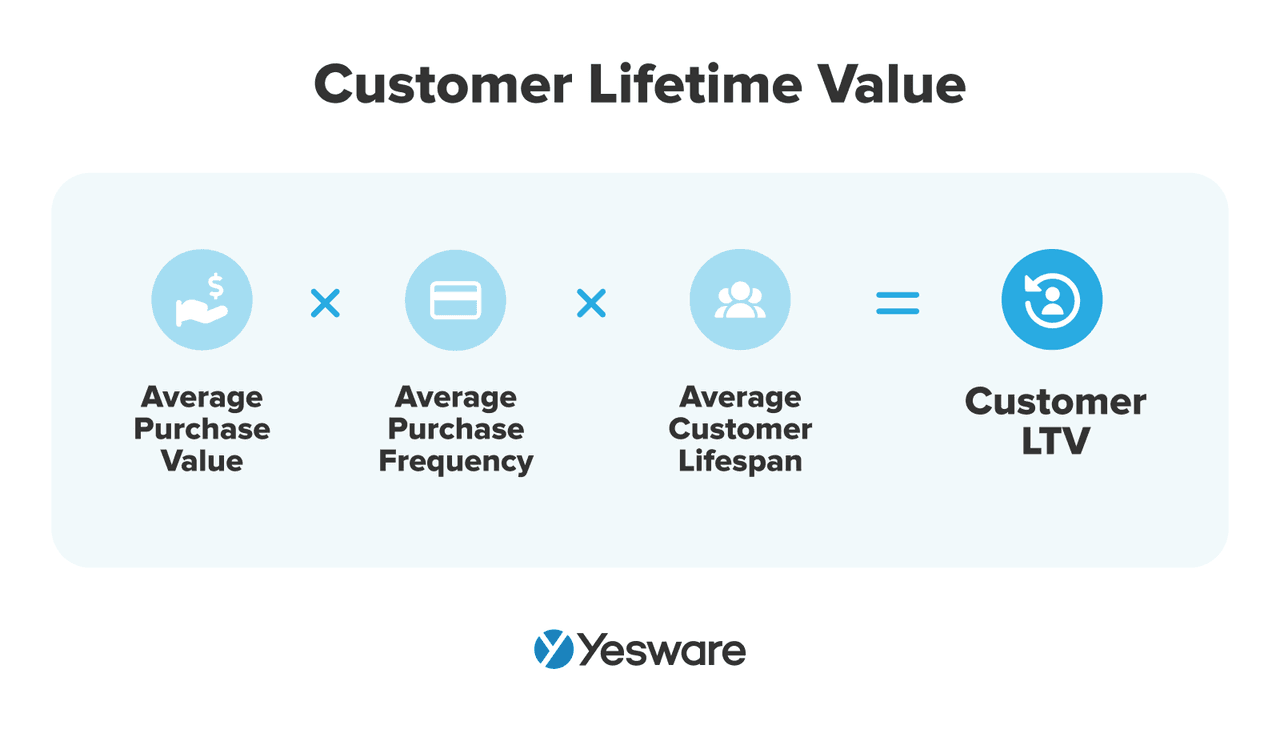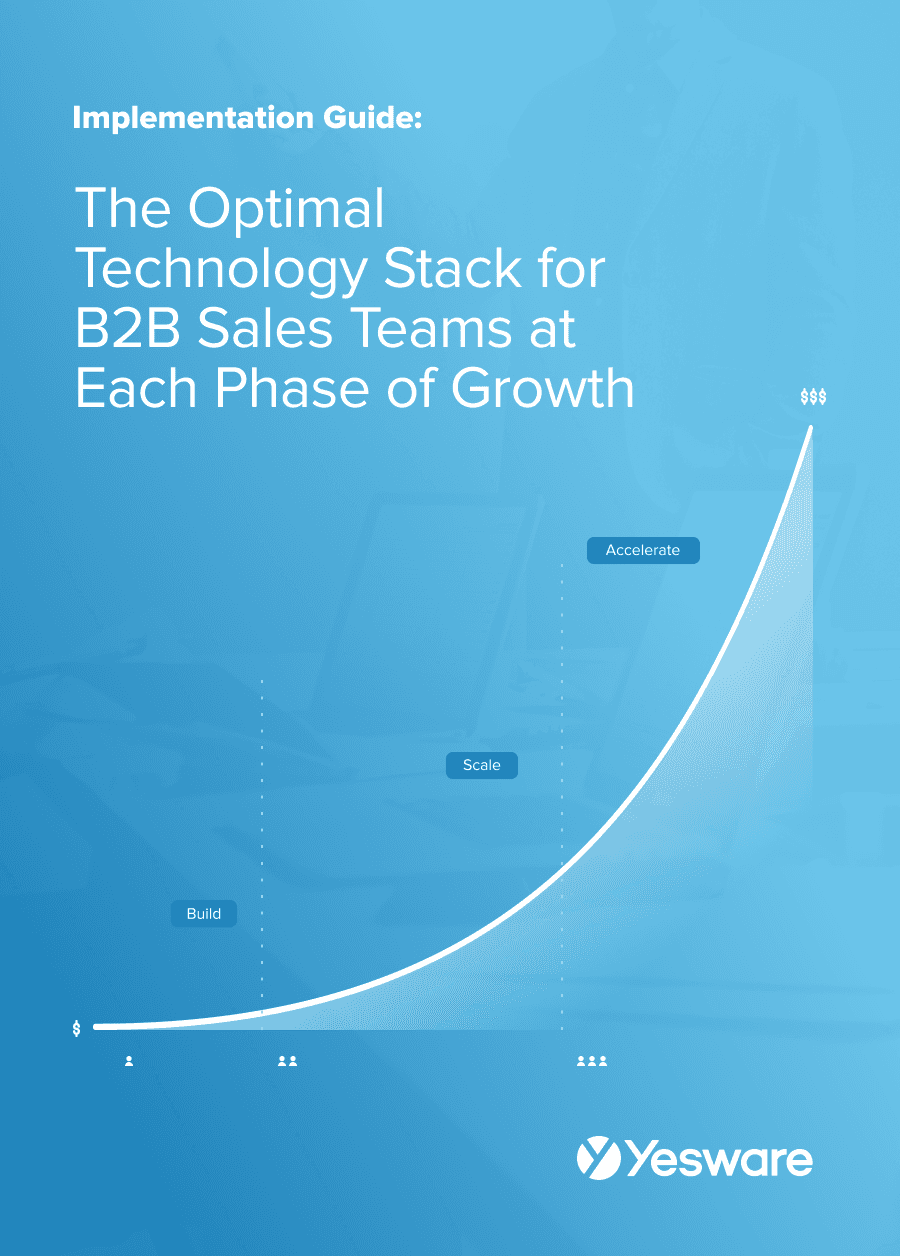Sales Promotion: Strategies and Examples for Sales Professionals
Anya Vitko
Sales promotion is a well-known sales engagement technique that helps companies either meet the goals they have set during their sales planning process, speed up their sales velocity, or facilitate the adoption of their new products.
This article will take a deep dive into various sales promotion strategies and offer tips on how best to incorporate them into your sales campaign.
Here is what we’ll cover:
- What Is a Sales Promotion?
- Sales Promotion Benefits
- Types of Sales Promotions
- Pros and Cons of Sales Promotions
- Sales Promotion Strategies
- Sales Promotion Techniques
- Sales Promotion Activities
- How CRM Software Can Drive Your Sales Promotions
What Is a Sales Promotion?
Sales promotion is a tool that is a staple in many strategic sales plans as it helps stimulate sales and increase product awareness over a short period of time.
These promotions are typically time-sensitive and are designed to create a sense of urgency among consumers, encouraging them to take immediate action, such as making a purchase or engaging with a brand.
According to research, nearly 93% of consumers use a coupon or discount code throughout the year. It’s also the most used and preferred discount type.

Sales promotions leverage this buying behavior by offering time-limited discounts or special deals that incentivize purchases. This approach is particularly effective during off-peak periods when sales might otherwise slow down.
Sales Promotion Benefits
Many companies face the challenge of meeting quarterly or annual sales targets. Sales promotions help bridge the gap between current sales and targets. End-of-season sales allow retailers to clear out old inventory to make room for new stock. This not only helps manage inventory levels but also attracts bargain hunters looking for discounted items.
Introducing new products to the market can be challenging, especially in a crowded marketplace. Sales promotions provide an opportunity to showcase new products, making them more attractive to potential customers. For example, a tech company launching a new gadget might offer a discount to early adopters, creating excitement and encouraging word-of-mouth marketing.
Sales promotion is also a great tool for lead data capture. If your sales pipeline is dry, running a sales promotion could be one of the ways to introduce new leads.

A word of caution: keep tabs on your profit margins.
Types of Sales Promotions
Competitions
Competitions are popular sales promotion strategies that engage customers by offering them the chance to win a prize. These activities often require participants to complete a task, such as submitting a photo, answering questions, or sharing content on social media.
For example, a fashion brand might run a social media contest where participants share their best outfit photos featuring the brand’s clothing.
Contests can increase brand engagement and visibility, as participants often share their entries with friends and followers. According to a study, contests have a 34% conversion rate.
Product Bundles
Selling multiple products together at a discounted price offers customers more value for their money. This strategy can facilitate sales pipeline management by increasing the average order value while also encouraging customers to try additional products.
Product bundling is particularly effective for complementary products, where the purchase of one item leads to the need for another.
For example, a beauty brand might bundle a skincare routine set, including a cleanser, toner, and moisturizer, at a lower price than purchasing each item individually.
Flash Sales
Flash sales are limited-time offers that create a sense of urgency and leverage FOMO. These sales are often promoted through a sales email strategy and social media, reaching a wide audience quickly.
Flash sales can be incredibly effective, with some e-commerce businesses reporting that flash sales increase transaction rates by 35%.
An example of a flash sale is when an e-commerce store offers a 50% discount on select items for just 24 hours.
Free Trials
Free trials allow customers to try a product or service at no cost before committing to a purchase. This strategy is particularly common among software companies. Free trials can lead to higher conversion rates, as customers are more likely to purchase a product after experiencing its benefits firsthand.
Tools for Managing and Tracking Promotions
Yesware, a leading sales engagement platform, offers a suite of tools to help businesses engage in personal selling and track the performance of their sales promotions.
With Yesware, businesses can create and send personalized email campaigns to promote their sales offers.

The platform’s robust email tracking features allow companies to monitor the effectiveness of their promotions, including open rates, click-through rates, and conversion rates.

This data-driven approach enables businesses to refine their promotional strategies and maximize their return on investment (ROI).
Pros and Cons of Sales Promotions
Here is a list of the advantages that come with using sales promotions:
Creating New Leads
Sales promotions are an effective way to generate new leads to add to the sales pipeline dashboard. By offering a compelling deal or discount, businesses can attract potential customers who might not have otherwise engaged with the brand.
For example, according to a study performed by the coupon marketplace RetailMeNot, 80% of consumers are more likely to try a new brand if offered a discount.
Introducing New Products
Promotions can serve as a launchpad for new products, helping to generate initial interest and drive early sales. By offering a discount or special deal on a new product, businesses can encourage customers to try it out and share their experiences.
Selling Overstock
Sales promotions can help businesses clear out excess inventory, reduce storage costs, and make room for new products. This is particularly important for seasonal items that may lose value if not sold within a specific timeframe.
Rewarding Customers
Promotions can also be used to enhance customer loyalty and encourage repeat business. For example, a loyalty program might offer discounts or exclusive deals to repeat customers, reinforcing their relationship with the brand.
Increasing Last-Minute Revenue
Promotions can provide a quick boost in sales, especially towards the end of a sales period. This can be particularly useful for businesses looking to meet end-of-quarter or end-of-year revenue goals.
While there are many advantages to sales promotion, it’s important to practice caution with this sales marketing strategy.
Devaluing the Brand
One of the risks associated with frequent sales promotions is the potential devaluation of the brand. When customers become accustomed to regular discounts, they may perceive the brand as less valuable and be less willing to pay full price in the future. Research has shown that frequent monetary promotions are linked to customers’ doubts about a brand’s quality.
To avoid this, an effective sales strategy should limit the frequency of promotions and focus on offering value through high-quality products and exceptional customer service.
Complicating Future Sales
Another potential downside of sales promotions is that they can complicate future sales at their original prices. If customers expect frequent discounts, they may delay purchases until the next promotion, leading to reduced sales during non-promotion periods.
Businesses should use promotions strategically, avoiding the creation of a pattern of continuous discounts. Instead, they should focus on building long-term customer relationships and delivering consistent value.
Potential High Costs
Running sales promotions can be expensive. Businesses must carefully calculate the costs associated with each promotion to ensure that it aligns with their overall financial goals.
Sales Promotion Strategies
The effectiveness of any sales promotion largely depends on the strategy behind it.
Pull Strategy
The pull strategy focuses on directly enticing consumers to purchase through offers that are hard to resist. Common examples include discounts, buy-one-get-one (BOGO) offers, and special deals like limited-time sales.
Discounts are perhaps the most common form of pull strategy. A well-timed discount can drive a significant increase in sales, especially when aligned with customer buying behavior.
To execute a pull strategy effectively, tailor promotions to the preferences and behaviors of your target market and use testimonials and influencer endorsements to amplify the appeal of your promotions.
Push Strategy
The push strategy is mainly for B2B interactions. The goal here is to incentivize distributors, wholesalers, or retailers to take more products off of parent companies’ hands.
Distributor incentives are a key component of push strategies. These incentives might include volume discounts, bonuses for meeting sales targets, or co-op advertising funds.
When executing a push strategy, ensure that the incentives offered to channel partners align with your broader business objectives and equip your partners with the knowledge and tools they need to effectively sell your products.
Hybrid Strategy
A hybrid strategy blends elements of both pull and push strategies. It is particularly effective when launching a new product or entering a new market, as it allows a company to build consumer demand while also ensuring that channel partners are motivated to push the product.
For example, when launching a new line of smartphones, a company might use a pull strategy by offering early-bird discounts to consumers while simultaneously implementing a push strategy by providing retailers with special incentives to stock and promote the new devices.
Sales Promotion Techniques
Understanding your audience is the first step toward a successful sales promotion. Different customer segments have different needs and preferences, so tailoring your promotions accordingly can significantly increase their effectiveness.
When it comes to new customers, the goal is to introduce your brand and products in a way that entices them to make a purchase. Promotions such as discounts on first-time purchases, limited-time offers, or free trials are effective ways to attract new customers.
Existing customers are already familiar with your brand, so the focus should be on encouraging repeat purchases and building loyalty. Sales promotion techniques such as loyalty programs, exclusive member discounts, and referral bonuses can help retain customers and increase their customer lifetime value.

Sales promotions should not only be appealing to your different customer segments but also align with your company’s values and the products you offer.
Promotions that reflect your company’s values can help build brand loyalty and attract customers who share those values. For example, if your brand is committed to sustainability, offering promotions on eco-friendly products or donating a portion of sales to environmental causes can strengthen your brand’s reputation and appeal to like-minded customers.
Sales Promotion Activities
One of the most effective ways to enhance your sales promotion is by timing it with key dates and events. Holidays and seasonal changes are all excellent opportunities to create themed promotions, seasonal sales, and product launches that resonate with your audience.
Loyalty programs are another proven way to enhance sales promotions by rewarding repeat customers and encouraging them to continue doing business with you. These programs can take various forms, from point-based systems where customers earn rewards for every purchase to tiered programs that offer increasing benefits based on the customer’s level of engagement.
How CRM Software Can Drive Your Sales Promotions
First and foremost, CRM software consolidates customer data into comprehensive profiles, including purchase history and preferences. This centralized data allows businesses to tailor promotions to specific customer segments, increasing their effectiveness.

Additionally, when integrated with social media accounts and email automation, CRM software facilitates the process of running sales promotions, from running ads to sending out promotional emails.
The data collected by CRM systems helps identify areas for improvement in future promotions. For example, if a particular promotion underperforms, businesses can analyze the data to understand why and make adjustments accordingly.
 The Optimal Technology Stack for B2B Sales TeamsUsing data from the most successful business-scaling models, we designed a blueprint for the exact technology your business needs at each phase of growth.
The Optimal Technology Stack for B2B Sales TeamsUsing data from the most successful business-scaling models, we designed a blueprint for the exact technology your business needs at each phase of growth.
A notable real-world example of CRM-driven sales promotion success is Starbucks’ Rewards program. Starbucks uses its CRM system to manage and optimize its loyalty program, which has significantly driven customer engagement and sales.
For example, through the Starbucks Rewards program, the company sends personalized offers via email and its mobile app to encourage customers to visit more frequently and try new products. These offers often include double-star days, where customers can earn twice the usual loyalty points, or personalized discounts on their favorite drinks.
The CRM-driven approach has resulted in significant success for Starbucks. The company reported that its Rewards program accounted for 16% year-over-year growth in its loyalty program.
If you are searching for a budget-friendly tool to run your sales promotion, Yesware can help with CRM integrations and tools for reports and analytics. Sign up to try Yesware for free!
Get sales tips and strategies delivered straight to your inbox.
Yesware will help you generate more sales right from your inbox. Try our Outlook add-on or Gmail Chrome extension for free, forever!
Related Articles
Casey O'Connor
Casey O'Connor
Casey O'Connor
Sales, deal management, and communication tips for your inbox

